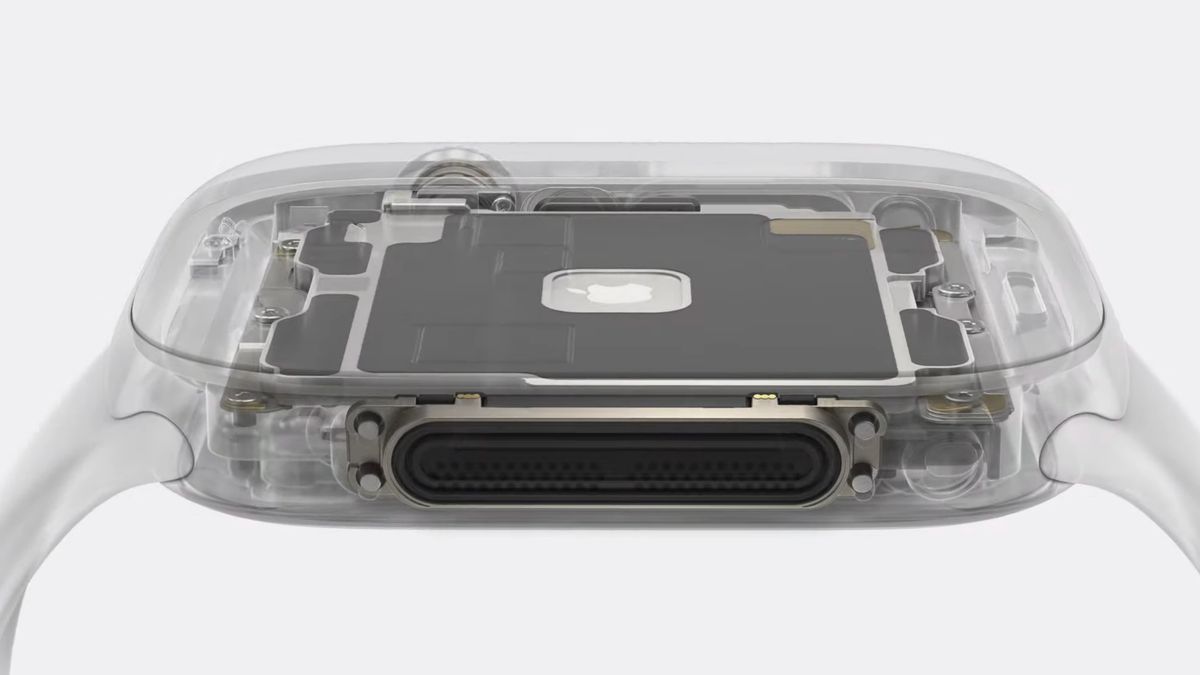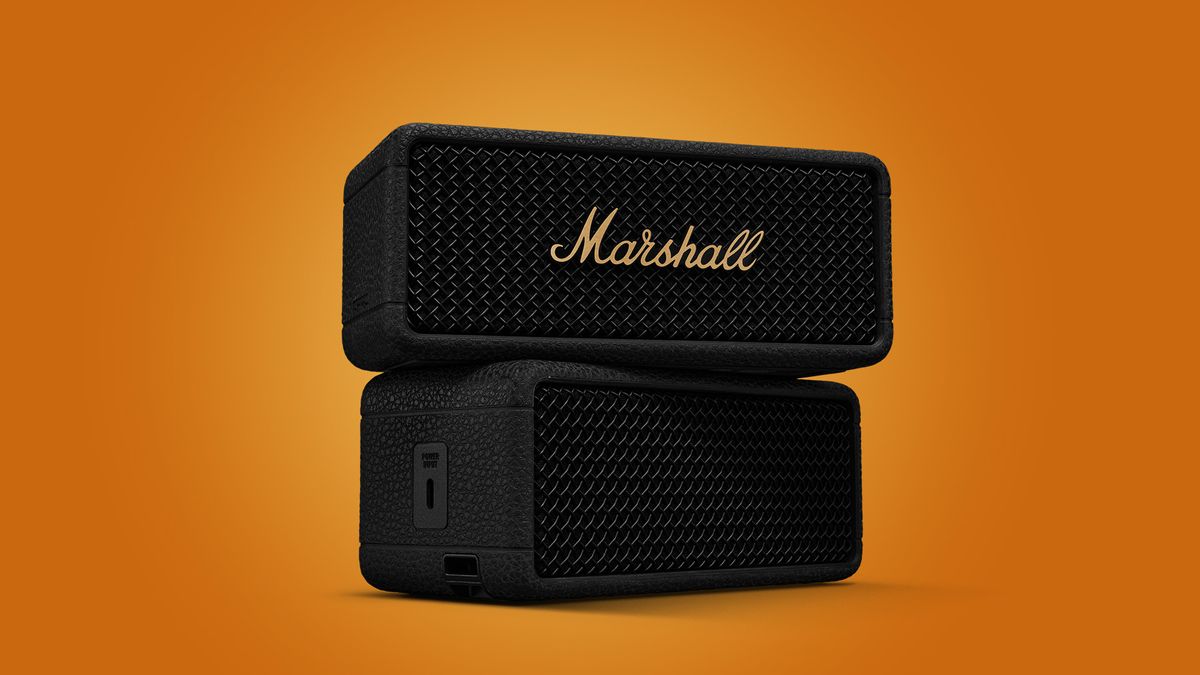Apple has announced the Apple Watch Series 10 at its iPhone 16 event, and there's a lot to really like about it, including the new larger display, slimmer body, and lighter weight. I'm also looking forward to trying out the improvements made possible by the new S10 chipset, such as call clarity and the Translate app, while the new Jet Black color looks incredible.
As a keen surfer, the Tides app is also guaranteed to be a game-changer for me – my go-to app was always the now-discontinued Magic Seaweed, which was acquired by Surfline, and an Apple-only replacement on my wrist seems too good to be true.
For many people, though, the new sleep apnea detection feature, Breathing Disturbances, might have been the biggest change. Breathing Disturbances, a feature that will reportedly soon receive FCC certification, tracks sleep for 30 days to detect signs of sleep apnea and presents the information in a report that can be read by your doctor. It could help millions of people who suffer from undiagnosed sleep apnea.
Along with the new Vitals app in watchOS 11, Apple appears to be doubling down on sleep data and sleep tracking.
However, for these new features to work effectively, users need to be able to wear the watch overnight, and there's still one big hurdle: battery life. With no announced changes at this time, it's almost certain to remain a measly 18 hours.
The Apple Watch Series 10 has made strides in the battery department this year, introducing the fastest charging capabilities ever seen on an Apple Watch to date. It can reportedly reach 80% battery capacity in just 30 minutes of charging thanks to the “innovative” new metal back design. In theory, it’s no problem to leave it on a charger for 30 minutes before bed.
However, if you were to charge it to full capacity at 9pm, the watch would theoretically run out of battery by 5pm the next day. You'd have to charge it again in the middle of the day, and if you don't have a cable or 30 minutes handy, you'd be left with a useless piece of aluminum on your wrist. If you charge it first thing in the morning, it might even die overnight. I know Apple's battery life tends to exceed the stated value, but it's still ridiculously short. If you forget to charge it or are out of the house for most of the day, you'd be left with a brand new 50mm black mirror on your wrist.
Samsung, which made a similar investment in sleep features this year, limits battery life on its watches to 40 hours. Even the Google Pixel Watch 3 manages 24 hours. with Always-on display mode is active.
I think Apple would get a lot more people to use the new breathing and vital signs features on its watches, as it clearly wants them to, if it could extend battery life to just 24 hours. If the Apple Watch Ultra 2 can go to 36 hours, what's the problem?









